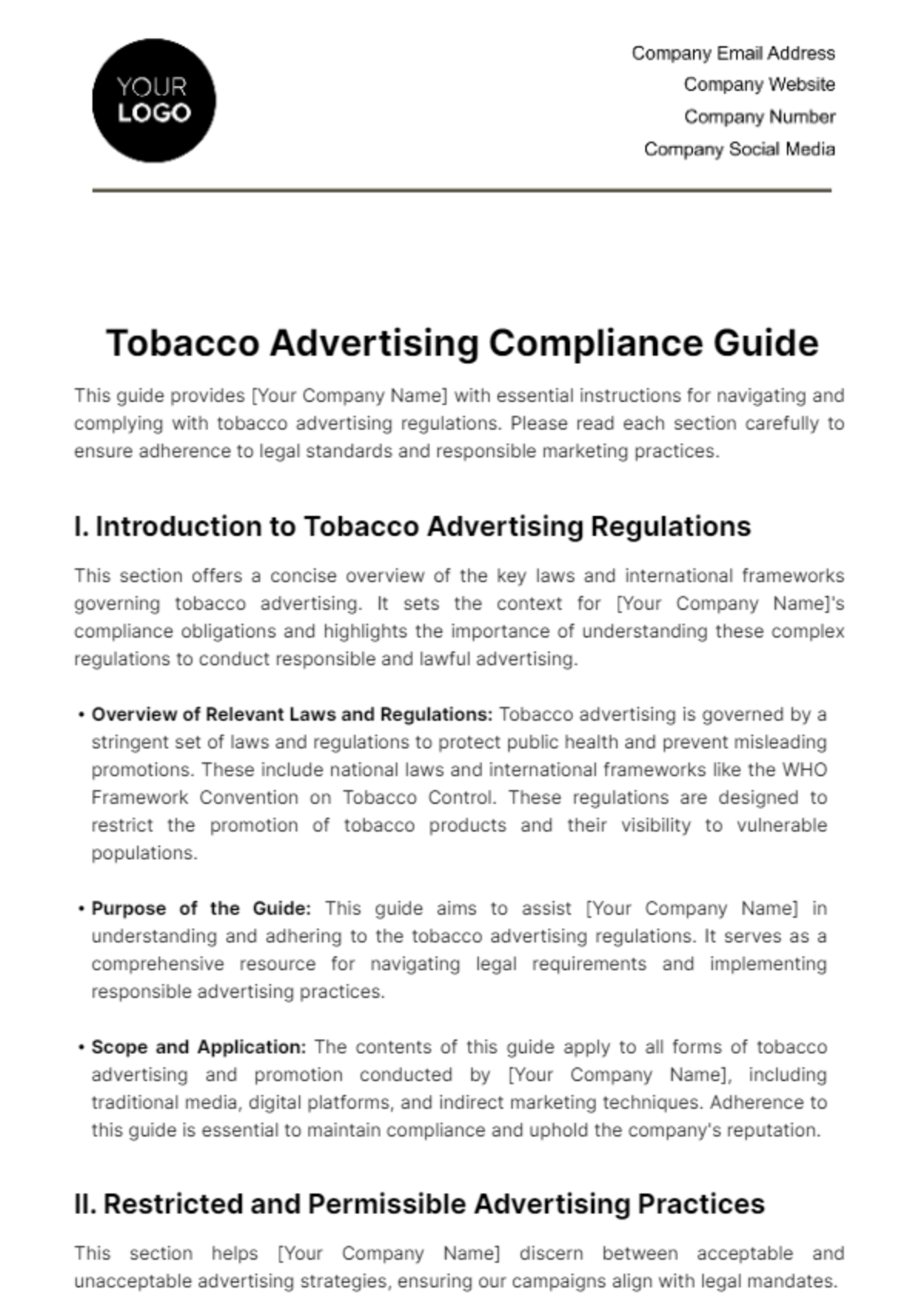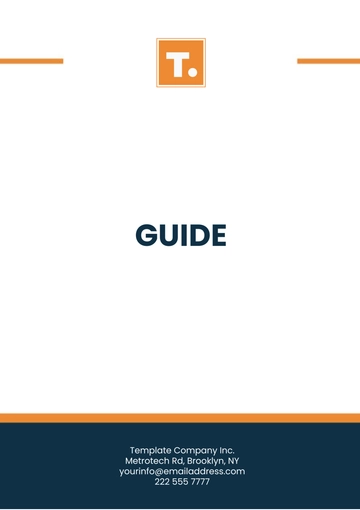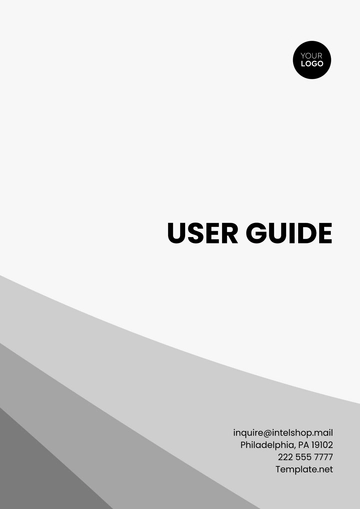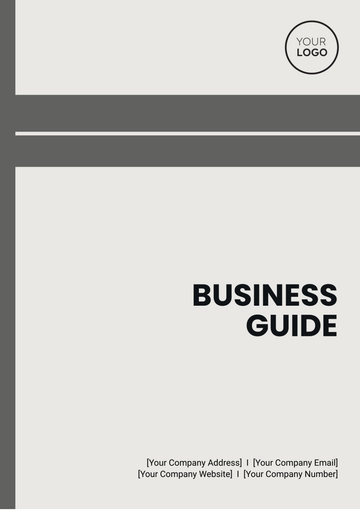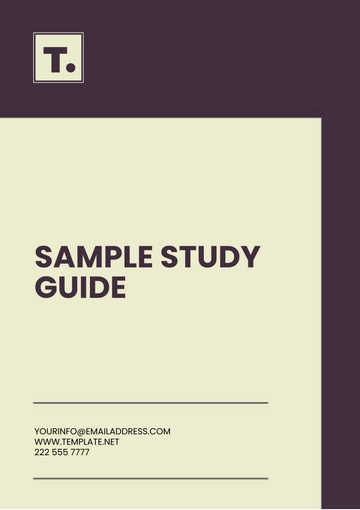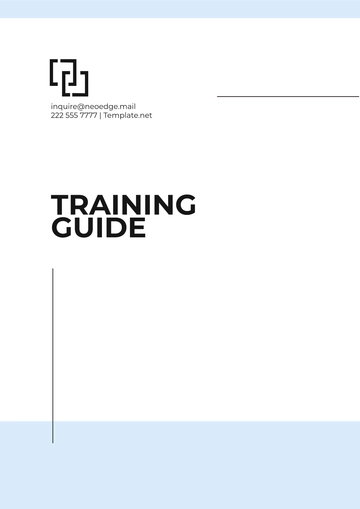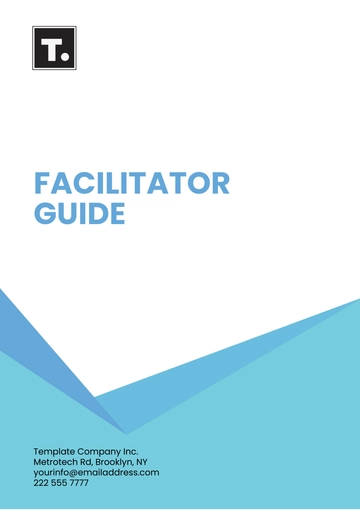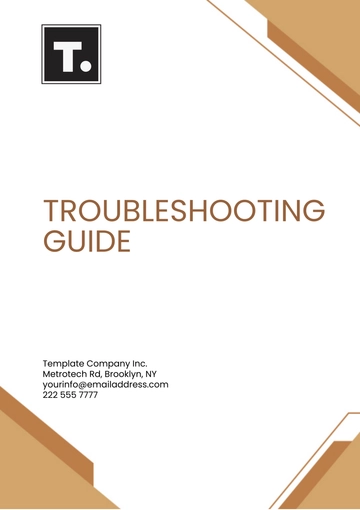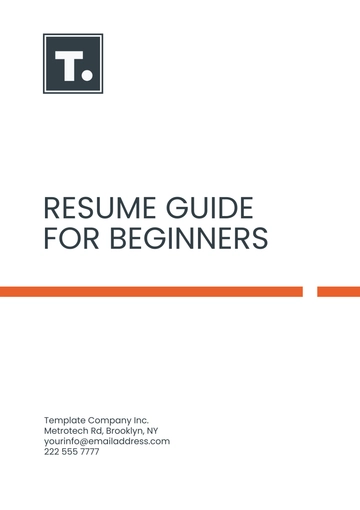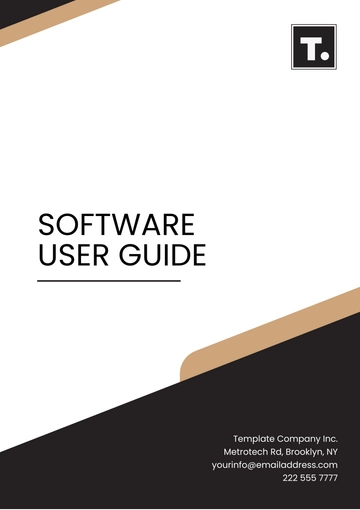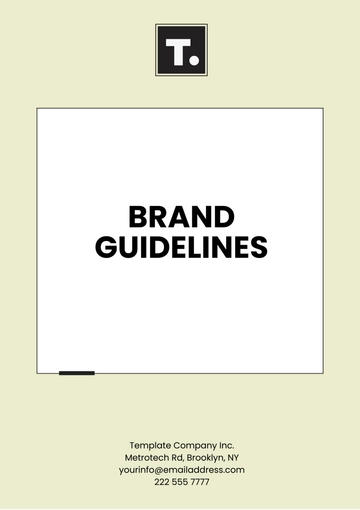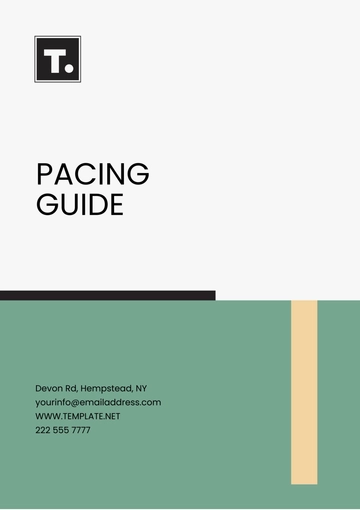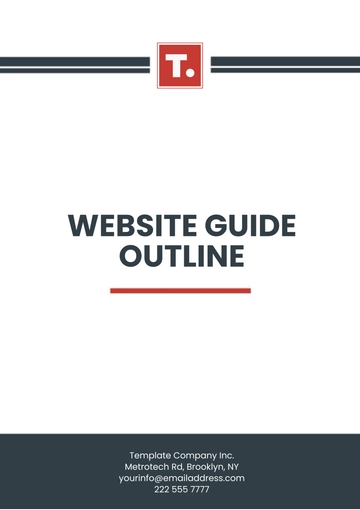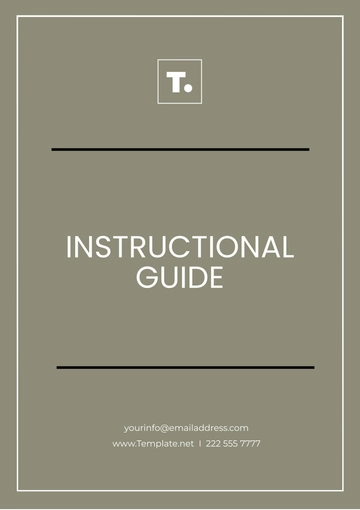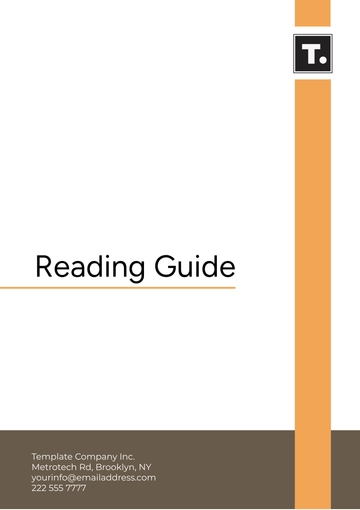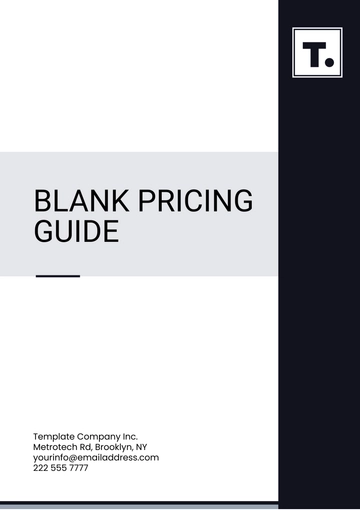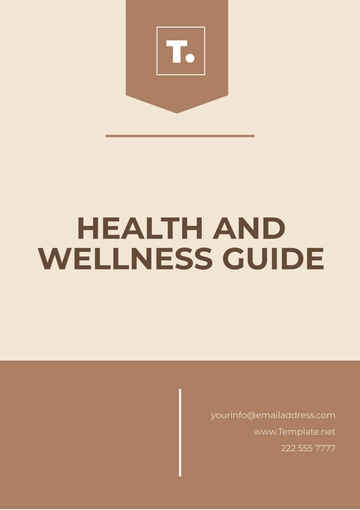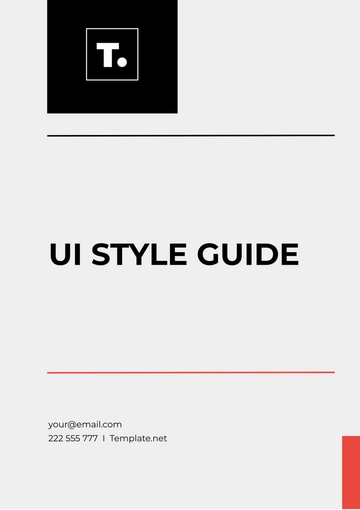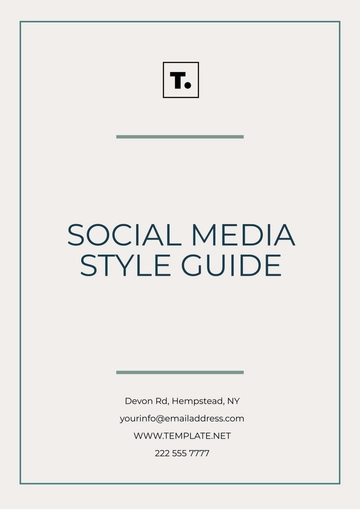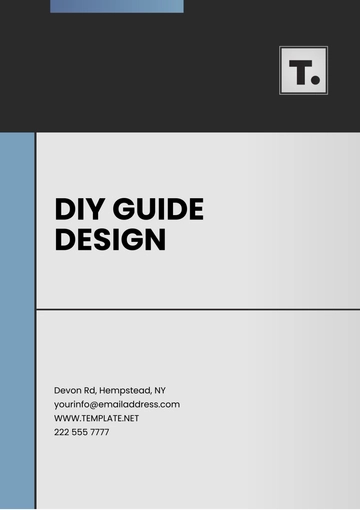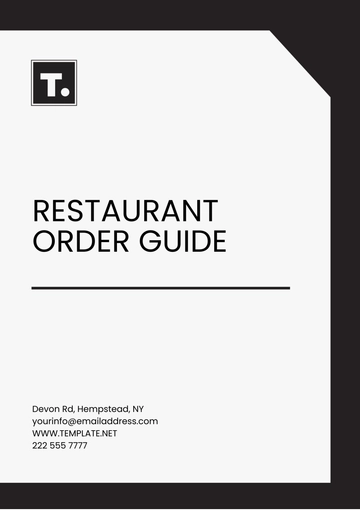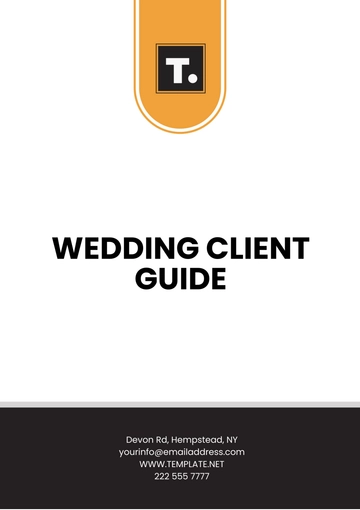Tobacco Advertising Compliance Guide
This guide provides [Your Company Name] with essential instructions for navigating and complying with tobacco advertising regulations. Please read each section carefully to ensure adherence to legal standards and responsible marketing practices.
I. Introduction to Tobacco Advertising Regulations
This section offers a concise overview of the key laws and international frameworks governing tobacco advertising. It sets the context for [Your Company Name]'s compliance obligations and highlights the importance of understanding these complex regulations to conduct responsible and lawful advertising.
Overview of Relevant Laws and Regulations: Tobacco advertising is governed by a stringent set of laws and regulations to protect public health and prevent misleading promotions. These include national laws and international frameworks like the WHO Framework Convention on Tobacco Control. These regulations are designed to restrict the promotion of tobacco products and their visibility to vulnerable populations.
Purpose of the Guide: This guide aims to assist [Your Company Name] in understanding and adhering to the tobacco advertising regulations. It serves as a comprehensive resource for navigating legal requirements and implementing responsible advertising practices.
Scope and Application: The contents of this guide apply to all forms of tobacco advertising and promotion conducted by [Your Company Name], including traditional media, digital platforms, and indirect marketing techniques. Adherence to this guide is essential to maintain compliance and uphold the company's reputation.
II. Restricted and Permissible Advertising Practices
This section helps [Your Company Name] discern between acceptable and unacceptable advertising strategies, ensuring our campaigns align with legal mandates.
Prohibited Practices: There are several strict prohibitions in tobacco advertising, including but not limited to: targeting minors (under age 18), using misleading terms like 'light' or 'mild', sponsoring sports, and cultural events, offering free samples or promotional gifts, and advertising in mediums heavily consumed by minors like cartoons.
Allowed Practices: While restrictions are stringent, certain forms of tobacco advertising remain permissible under specific conditions. These include advertising in adult-only facilities, direct communication with consenting adults, and displaying products at the point of sale, provided they adhere to content and placement regulations.
Compliance Responsibility: It is the responsibility of [Your Company Name]'s marketing team to ensure all advertising campaigns are reviewed for compliance before release. This involves consulting legal experts, adhering to internal review protocols, and staying updated on regulatory changes.
III. Audience and Content Restrictions
This part focuses on the stringent audience targeting and content rules for tobacco advertising. It emphasizes age-related restrictions and guidelines for advertising content, aiding [Your Company Name] in creating compliant and ethically responsible advertisements that align with public health priorities.
Age and Demographic Limitations: The primary focus of tobacco advertising regulations is to prevent exposure to minors. Therefore, any advertising should be designed and placed in a manner that minimizes the likelihood of viewing by individuals under 18. This includes avoiding media channels and times where significant underage viewership is likely.
Content Guidelines: All tobacco advertisements must include mandatory health warnings covering a significant portion of the ad space. These warnings should be clear, legible, and unambiguous. Advertising must not imply health benefits, promote excessive consumption, or associate tobacco use with enhanced personal qualities or social success.
Imagery and Messaging: The use of imagery or messaging that appeals to minors, such as cartoon characters, youth-centric celebrities, or playful themes, is strictly prohibited. All advertising content should be factual, devoid of any elements that glamorize tobacco use.
IV. Digital and Social Media Advertising
Digital platforms present unique challenges in tobacco advertising. This section outlines the specific rules for online and social media advertising, providing [Your Company Name] with strategies and best practices to ensure our digital campaigns comply with the nuanced regulations in this rapidly evolving space.
Online Advertising Regulations: Digital and social media platforms pose unique challenges for tobacco advertising compliance. Regulations typically prohibit targeting or direct sales to minors, aggressive promotional techniques, and unsolicited marketing on these platforms.
Compliance in Digital Spaces: To comply, [Your Company Name] must implement age-verification mechanisms on websites, avoid user-generated content that violates advertising rules, and ensure that online promotions are only visible to verified adult users.
Best Practices for Digital Compliance: Regularly update compliance strategies, monitor user interactions to prevent non-compliant content from appearing, and engage in transparent communication regarding the nature of products and their health impacts.
V. Monitoring and Compliance Verification
This section discusses the internal processes [Your Company Name] should adopt for monitoring advertising campaigns and verifying compliance with tobacco advertising regulations. It underlines the importance of record-keeping and outlines steps for addressing any instances of non-compliance.
Internal Monitoring Processes: [Your Company Name] should establish robust internal monitoring mechanisms to regularly review and audit advertising campaigns for compliance. This includes setting up a dedicated compliance team, conducting regular training, and implementing checklists for each campaign.
Documentation and Record Keeping: Maintaining comprehensive records of all advertising campaigns, including details of their content, placement, and audience, is crucial. These records serve as evidence of compliance and are valuable during audits or regulatory reviews.
Responding to Non-Compliance: In case of non-compliance, immediate corrective action should be taken. This includes withdrawing the non-compliant advertisement, reviewing internal processes, and potentially reporting the breach to relevant authorities.
Prepared by:
[Your Name]
[Job Title]
[Date]
Advertising Templates @ Template.net
